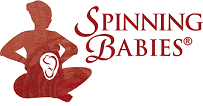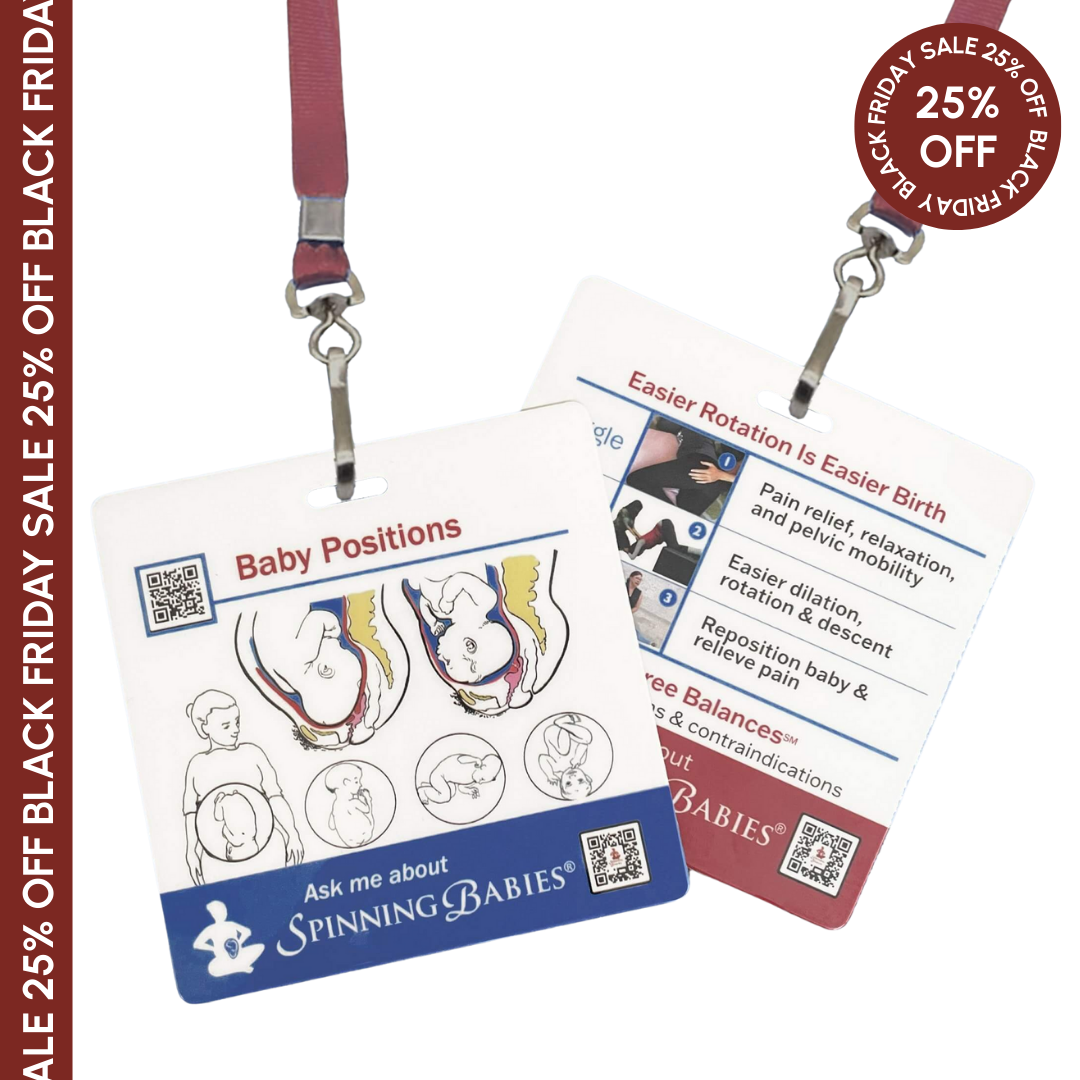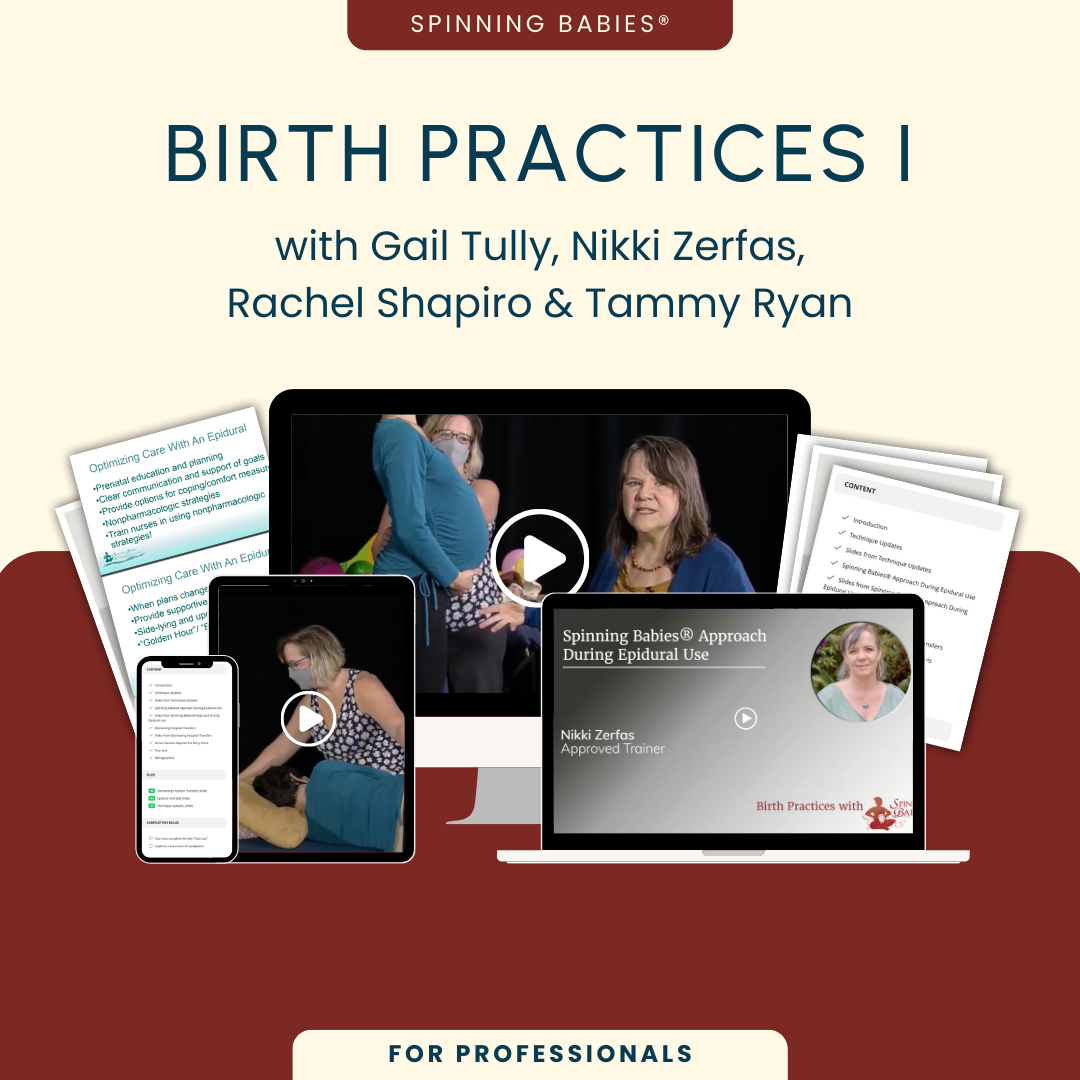An ultrasound, also known as a sonogram, uses high frequency sound waves to develop an “image” of the baby’s position inside the mother. When deciding if an ultrasound is right for you, here are some things to take into consideration:
- An ultrasound is a more sure way of telling the baby’s position than simply feeling through the abdomen.
- Your provider may want you to have a concrete way of knowing your baby’s position to help you make decisions from fact.
- Some obvious problems may be ruled out with an ultrasound.
An ultrasound is justified if your care plan will change based upon what is found by an ultrasound examination. However, keep in mind that the ultrasound itself is not without any risk.


 Listening with a fetoscope (also known as a doppler) may be helpful, but not diagnostic. A fetoscope is a handheld monitor that uses an ultrasound (sonogram) to detect the heartbeat. A firm tummy and ample amniotic fluid allows the heart rate to be heard a distance away from the baby.
Listening with a fetoscope (also known as a doppler) may be helpful, but not diagnostic. A fetoscope is a handheld monitor that uses an ultrasound (sonogram) to detect the heartbeat. A firm tummy and ample amniotic fluid allows the heart rate to be heard a distance away from the baby.









